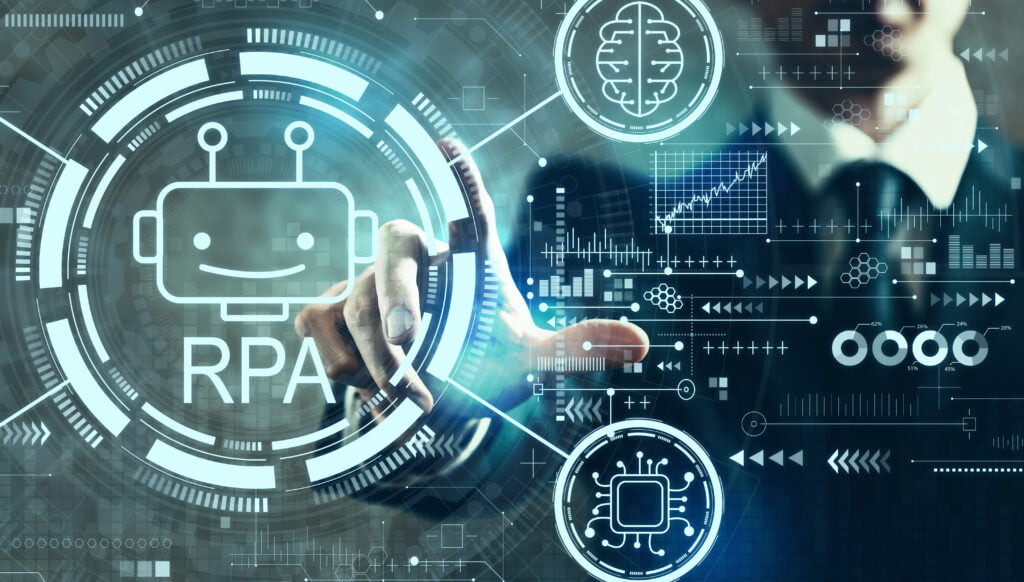All businesses face a common challenge – they often have to deal with high volumes of repetitive tasks, which not only consume time but also lead to human errors.
These tasks arise due to anything from data entry, inefficient undocumented uncontrolled processes, and ineffective systems to customer needs, service inquiries and support requests. As a result, employees must spend a considerable amount of their time on carrying out these tasks, which affects their productivity and more importantly their job satisfaction.
Ultimately, carrying out these tasks results in a suboptimal customer experience due to delayed responses, errors, and inconsistencies in service delivery.
People are not cheap to employ, and neither should they be. Whether you are a services business where your people and their expertise are your product or otherwise, it is essential to keep your people for things only people can do – going that extra mile for your clients and your business.
In today’s digital age, customers (and employees) expect fast and seamless services that are delivered with accuracy and consistency. This means that we need to find ways to automate repetitive tasks and optimize their processes to deliver a better customer and employee experience. Not only that, but the transition to remote working has also meant businesses need to find ways to maintain their service quality and productivity in a distributed environment.

Robotic Process Automation (RPA)
Robotic Process Automation (RPA) is an emerging technology, that is essentially the culmination of lots of different technology solutions. AI included, it can help your business automate tasks and processes, resulting in improved efficiency, productivity, and customer experience. This could be anything from a CRM, ERP or finance system to smaller activity specific applications that execute business specific needs.
I do feel a little uncomfortable with the use of “robotic” and “robots” to describe RPA, it does conjure images of car production lines with huge robots building cars. This is not it. Essentially, it is software typically residing in cloud platforms that uses low code no code technology that can be configured to your individual business needs. RPA is used to perform any tasks that has logic and a trigger to them removing these rule-based and repetitive tasks that would otherwise require human intervention.
“If a machine can do it, it will be done faster, better and more consistently with the same result every time. Automate everything! and it will increase your business value."
Alastair Jupp
So, what are the benefits?
RPA can help free up employees’ time, enabling them to focus on more value-added activities. This improves employee satisfaction and productivity, resulting in better service delivery to customers. Second, RPA can help minimise errors and inconsistencies, resulting in a more accurate and consistent customer experience. Finally, RPA can enable businesses to maintain their service quality and productivity in a distributed environment, supporting remote work.
“Focus on improving customer AND employee experience, particularly in the areas where they intersect, RPA will do this for you.”
Alastair Jupp
I have talked about adding business value but not explained how thus far. Imagine you achieved automation in every area possible of your business, any potential buyer of your business will see the benefits of how your core business runs itself and your people are happy, engaged and focused on great customer experience building. This is valuable and it will directly impact the appeal and valuation of your business.
The best part about RPA is that it has developed a long way, and the pricing has reduced. It is now accessible to any ambitious business, big or small, cash rich or not, that wants to add business value, improve customer experience and ultimately, have a more satisfied workforce, happier customers, and a more valuable business.


